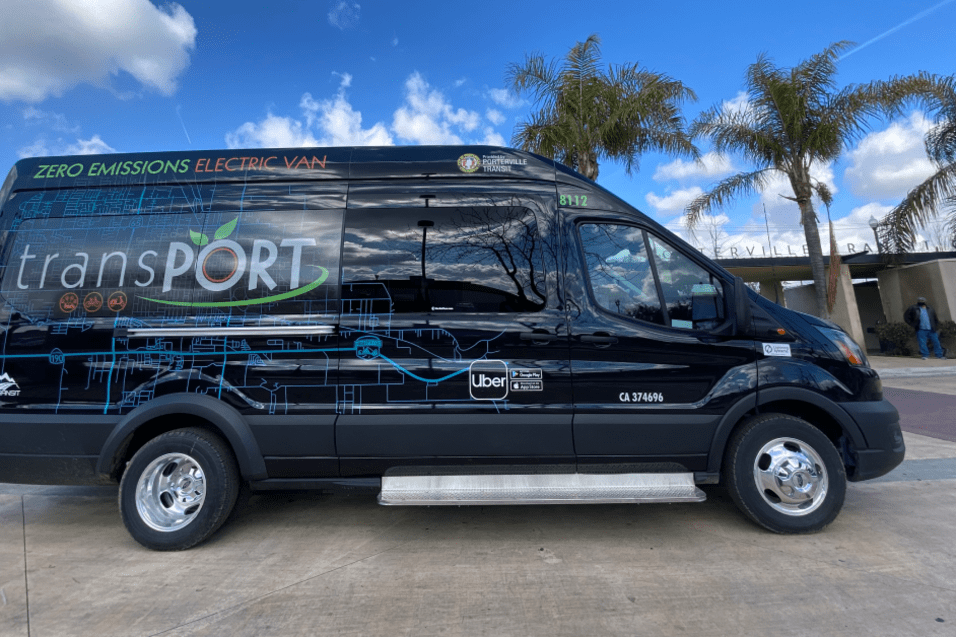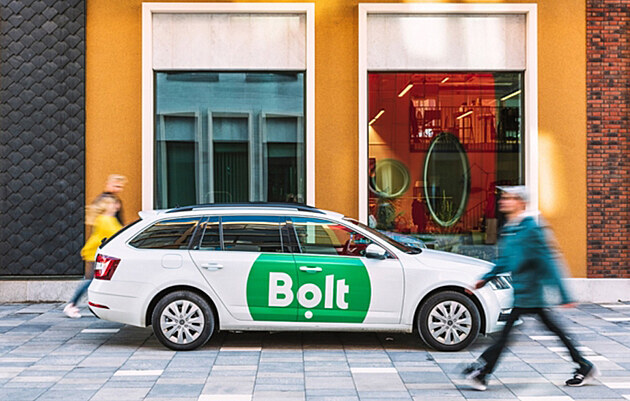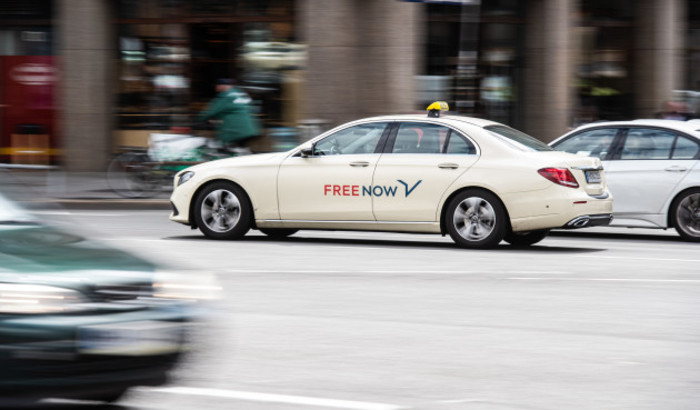
EVs, food delivery, micro mobility services — these are just some of the ways ride-hail companies have started to innovate their services in recent years. But what’s the next big thing? Collaboration with public transit, and it’s not just Uber doing it. This is an opportunity for ride-hail, taxi, and PHV operators – big and small.
Yes, it is true that local authorities and ride-hailing services have historically been seen to clash since ride-hailing first entered the urban mobility scene circa 2010. We saw public transit ridership drop as cheap ride-hailing services swooped up those commuters; MIT research suggests that ride-hailing reduced mass transit use by 8.9% in the US.
But now, ride-hailing has been part of the urban mobility scene for over a decade. With ambitions to expand business in a way that is sustainable for cities and the environment, ride-hail operators are now turning to work with local authorities and public transit. And we see examples of cooperation blossoming.

Both parties see how they can ultimately complement one another’s services around a common mission — to make private cars a thing of the past.
Just as EVs were once seen as a coming trend on the horizon, we see that intermodality with public transit is the next big thing as ride-hail operators seek to extend their services, in a sustainable way. The examples speak for themself.
Uber
As the godfather of ride-hailing, Uber hasn’t stopped expanding their service empire for a second to stay relevant and remain one of the most popular ride-share apps. Today, in terms of public transport collaborations, they offer to support a range of services through their arm ‘Uber Transit’ such as TNC (transportation network companies) for transit, Microtransit SaaS, and Mobility as a Service (MaaS).
Uber Transit is clearly picking up traction, stating they work with over 500 public transportation agencies to help extend one another’s service. Some examples of their partnerships include:
- Porterville, Oregon, York, Ontario: provide on-demand transport technology solutions to support their public transportation services
- Massachusetts Bay Transportation Authority: subsidised Uber rides that cost USD 3 for passengers as part of their paratransit service
- Dallas, Texas: Residents can have up to two free UberPool rides per day in defined, high traffic, and easier to service areas
While it appears all of these partnerships are in North America, Uber has added public transport schedules to their app in Chennai, Sydney, Delhi, and London, signalling their interest in working with public transit providers across the map.
“We look forward to strengthening our partnership with public transportation so that together we can bring safe, sustainable, and equitable movement and opportunity to as many people as we can, in communities across the world.” – Dara Khosrowshahi, CEO
Lyft
As the second-largest ride-hail app in the US, Lyft is not shying away from the opportunity to forge government and transit partnerships. While their list of local authority partnerships isn’t as extensive as Uber yet, they have been building traction for a few years already. Here are some examples of Lyft’s partnerships:
- Monrovia, California, Denton County, Texas, and Massachusetts Bay Transportation Authorities: offer subsidised Lyft rides within given district
- Bannockburn, Illinois: free rides between Glenstar office complexes (who pays for 75% of the operational bill) and public transport stations during rush hour time
- Columbia, South Carolina: subsidised rides during public transport off-peak hours

“As cities grow, transit systems grow along with them – to reach new neighborhoods, to support more riders, and to offer new, sustainable ways of getting around. Lyft works with local governments, transit agencies, and nonprofit organizations to enhance access to existing transit networks and improve mobility options. Our aim is to help our partners better serve the people who live, work, and play in their communities.” – Lyft

Bolt
While Bolt, one of the front-runner European ride-hail companies, doesn’t appear to have any concrete partnerships with local authorities or public transportation providers to date, CEO Mark Villig announced earlier this year that their most recent round of investment would be used towards partnerships with cities. He explains below:
“We’re partnering with cities to help people to make the switch towards light vehicles, such as scooters and e-bikes, and shared mobility options, like ride-hailing and car-sharing, to transform urban areas back into sustainable, people-friendly spaces.” – Mark Villig, CEO
FREE NOW
Europe’s leading multi-mobility platform, FREE NOW, is expanding beyond ride-hail services and micro-mobility. Last spring, the company launched a public transport route search option within their app in Dublin.

“The launch of our new public transport option is another key milestone in our mission to enable a range of transport options in Ireland. It’s clear from our research that there is growing demand across the Irish market for multi-mobility solutions and we are keen to continue diversifying the FREE NOW app to allow passengers to make smart, sustainable and convenient transport choices to meet their individual transport needs” – Fiona Brady, Head of Operations, FREE NOW Ireland
DiDi
Although DiDi may feel far away from a European standpoint, they can’t be overlooked as they’re operating almost everywhere else — Asia, Latin America, Russia, Oceania, and Africa.
With over 60 million daily trips, their rides double those of Uber’s. And, they’re no exception to expanding their services into the realm of public transport. In fact, DiDi was one of the first ride-hail companies to spearhead such innovation.

In 2016, DiDi started working with the Transportation Authority of Guiyang to explore big data management, the national railway added DiDi’s services to their official mobile ticketing platform, and they launched a minibus service that complements urban public transportation resources.
Today, their website offers a range of service and collaboration opportunities with public transportation providers, such as DiDi bus services, consulting, and intermodal planning.
Ride-hail & public transit: a win-win-win for the future of urban mobility.
Despite their different sizes and localities, we see all these companies taking some form of approach to work with public transit — be it through local authorities outsourcing first- and last-mile services to them, incorporating each other’s services into each other’s apps, and innovating new intermodal frontiers together.
Why? It benefits operators, it benefits cities, and it benefits commuters. Ride-hail companies can optimise their fleets and increase their market size. Cities can enjoy higher public transit ridership and fewer private cars on roads that contribute to congestion and CO2 emissions, plus take up valuable city space just to be parked. Lastly, commuters can have an efficient, comfortable, and affordable journey that gives them the best of each mode of transport.
About Juraj Atlas:
Juraj is on a mission to reduce the number of private cars in our cities. He started when he co-founded Liftago, the largest Czech ride-hailing company, only to learn that ride-hailing adds more cars in total to our streets. So he went on and founded Mileus, an intermodal solution that brings together the best of public transit and ride-hailing.


